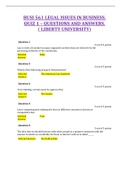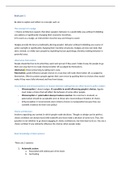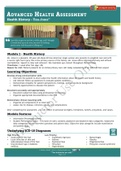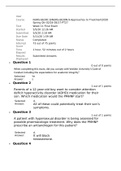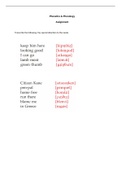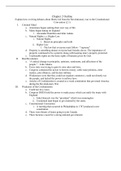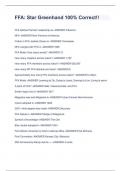Summary
Complete Summary of the AQA AS Computer Science Syllabus
The complete summary of the AQA AS level Computer Science specification Written by a Cambridge offer-holder and A*A*A* predicted student. Hand-drawn diagrams and detailing included. Programming, theory and ethics all within this document.
[Show more]




